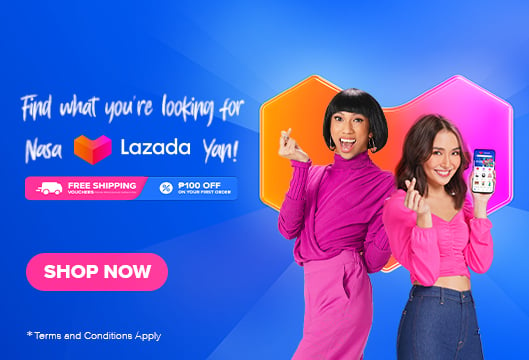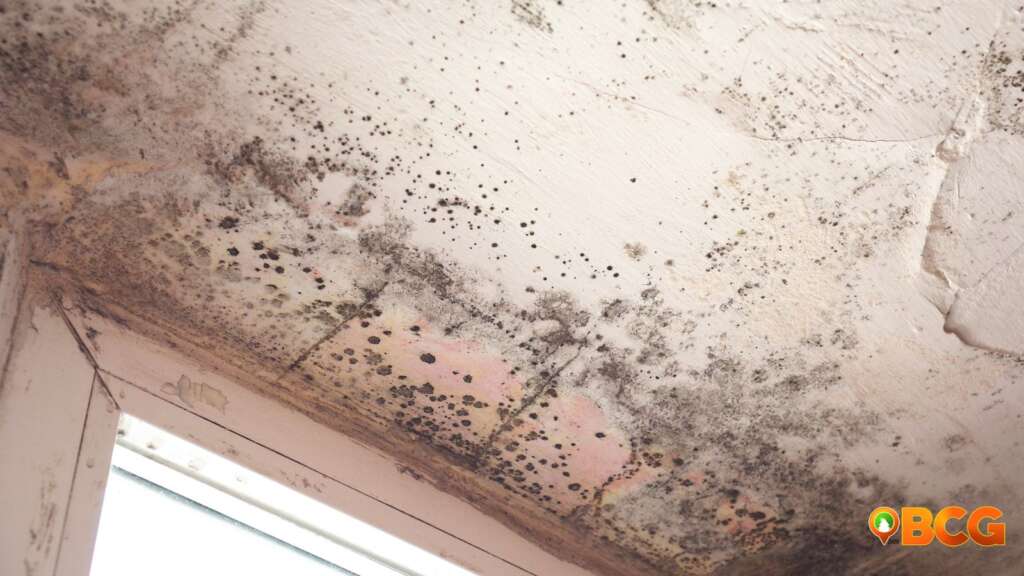What do the different colors of mold mean in my house?
Michael Taylor, Flinders University
You may be interested (or possibly horrified) to discover you ingest and inhale thousands of tiny life forms on a daily basis.
The air and surfaces around you are home to multitudes of bacteria, fungi, viruses, mites, algae and protozoa. Your skin isn’t much better, with a complex ecosystem of organisms called commensals which aren’t necessarily good or bad, but will shift in their composition depending on where you live, the products you use and the pets you have.
Most of these creatures are generally undetectable due to their microscopic size and low concentrations. But when they find a niche they can exploit, you might notice them by their smell, or the appearance of unwanted staining and color changes. A lot of this fungal growth is what we call mold.
We’ve all been disappointed in ourselves at one time or another, lifting a neglected orange out of the fruit bowl to discover the bottom half is covered in a velvety blue-green growth.
But what do the myriad colors that appear on our stuff tell us about the world we try not to think about?
Tap to Read More
Michael Taylor, Adjunct academic, Flinders University
This article is republished from The Conversation under a Creative Commons license. Read the original article.






















